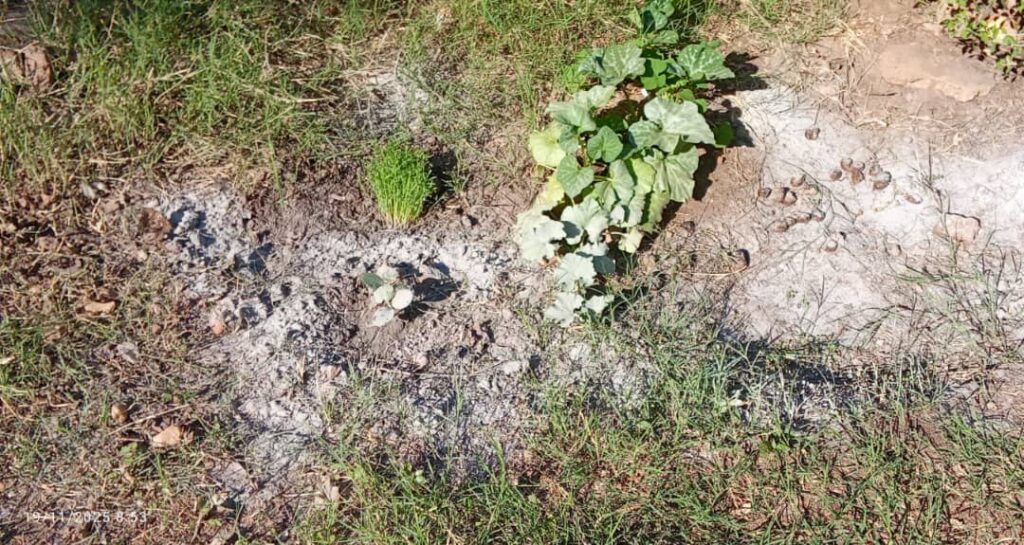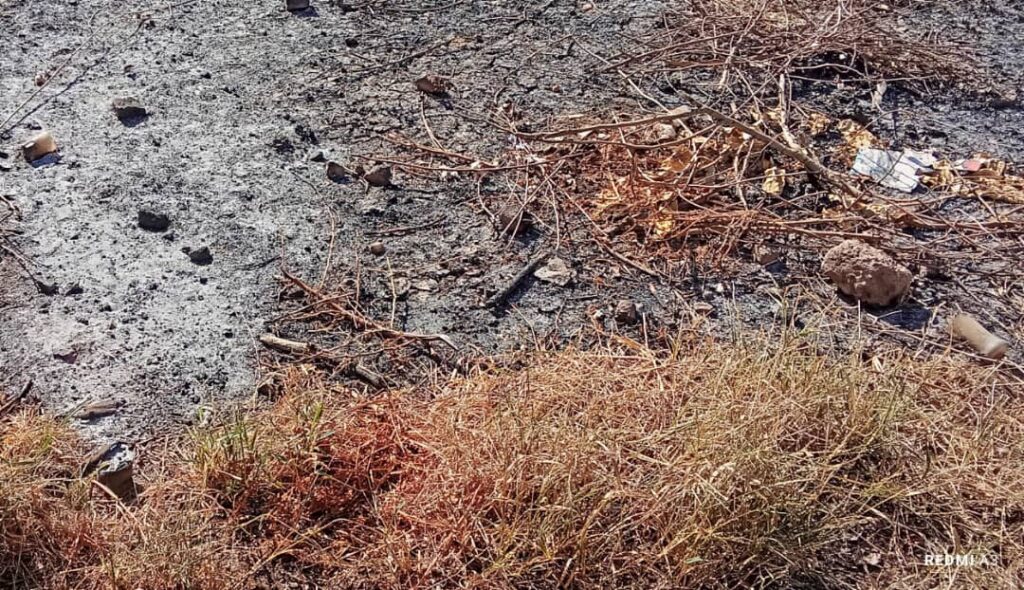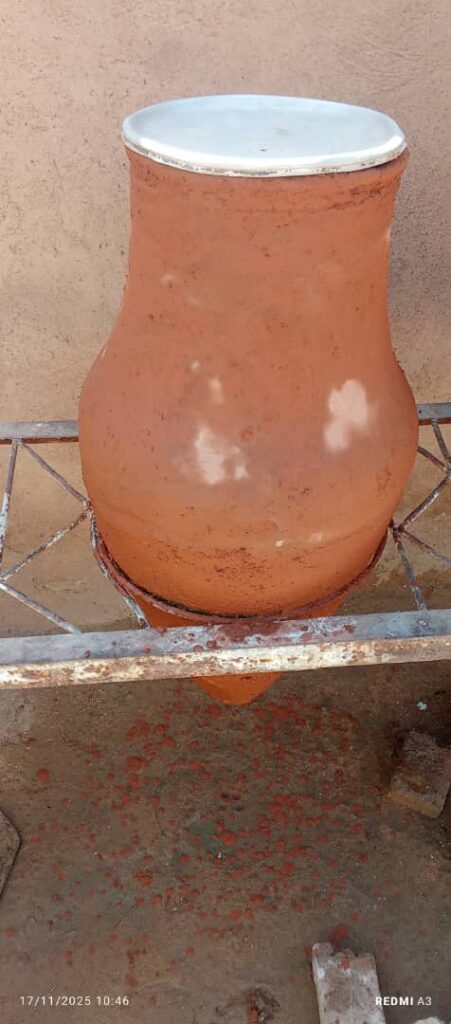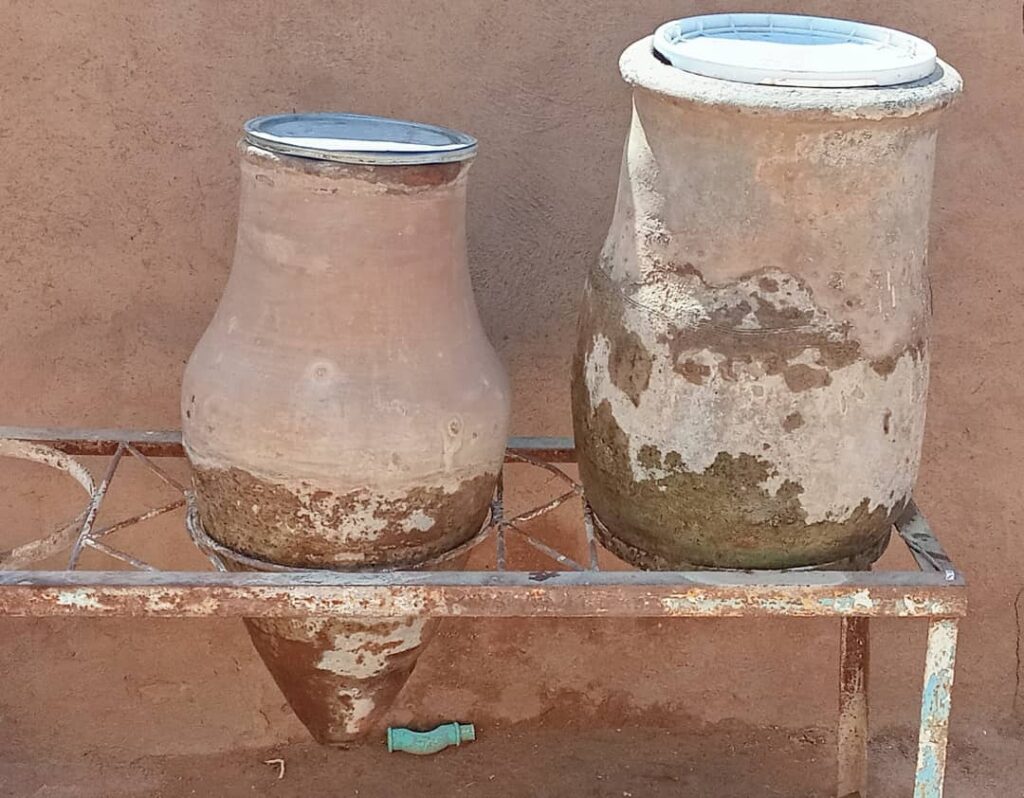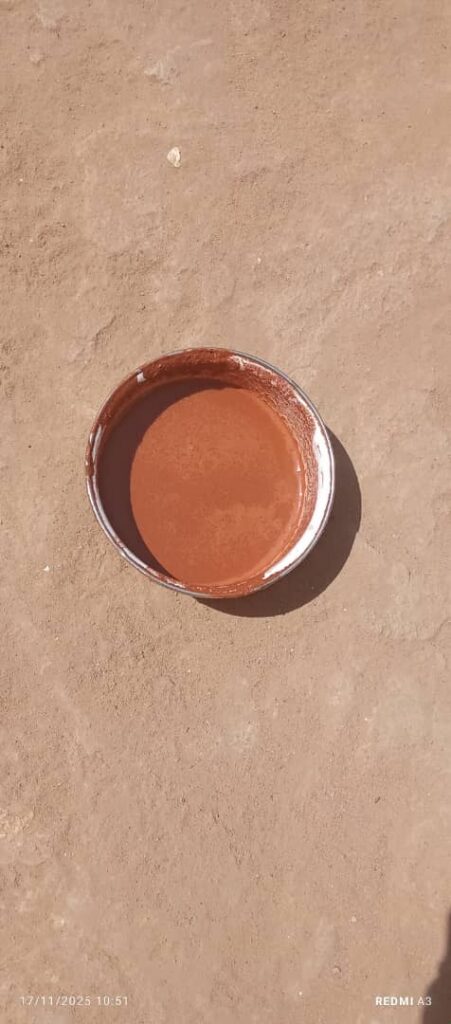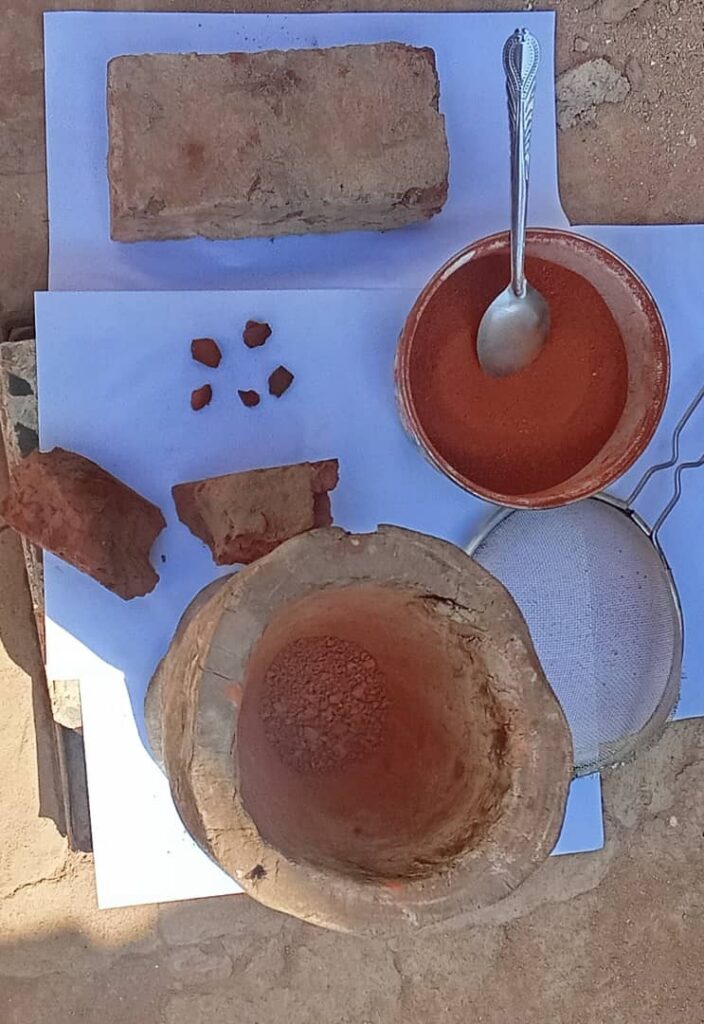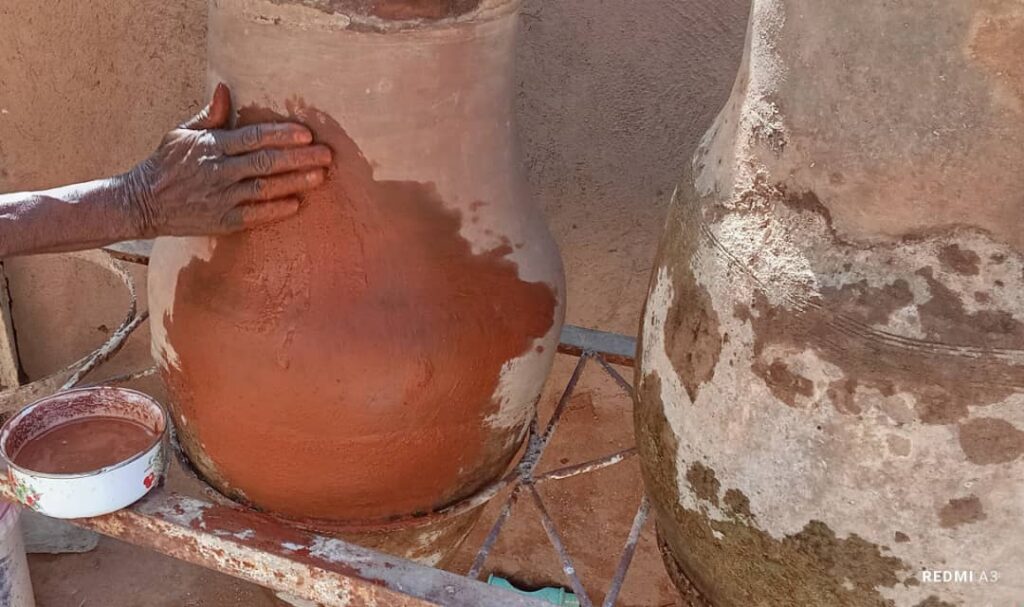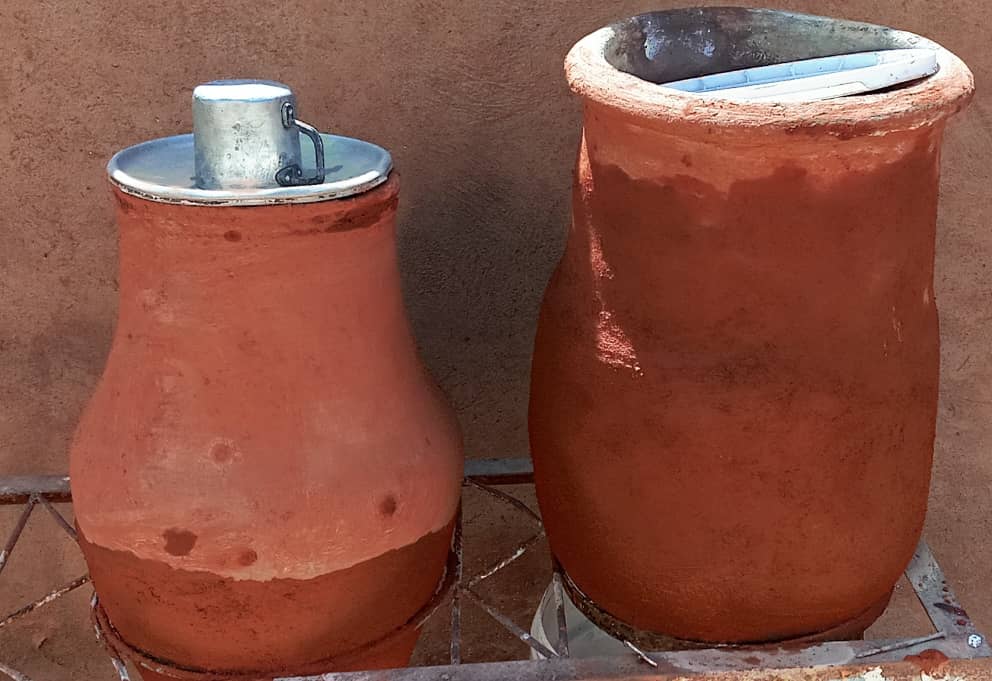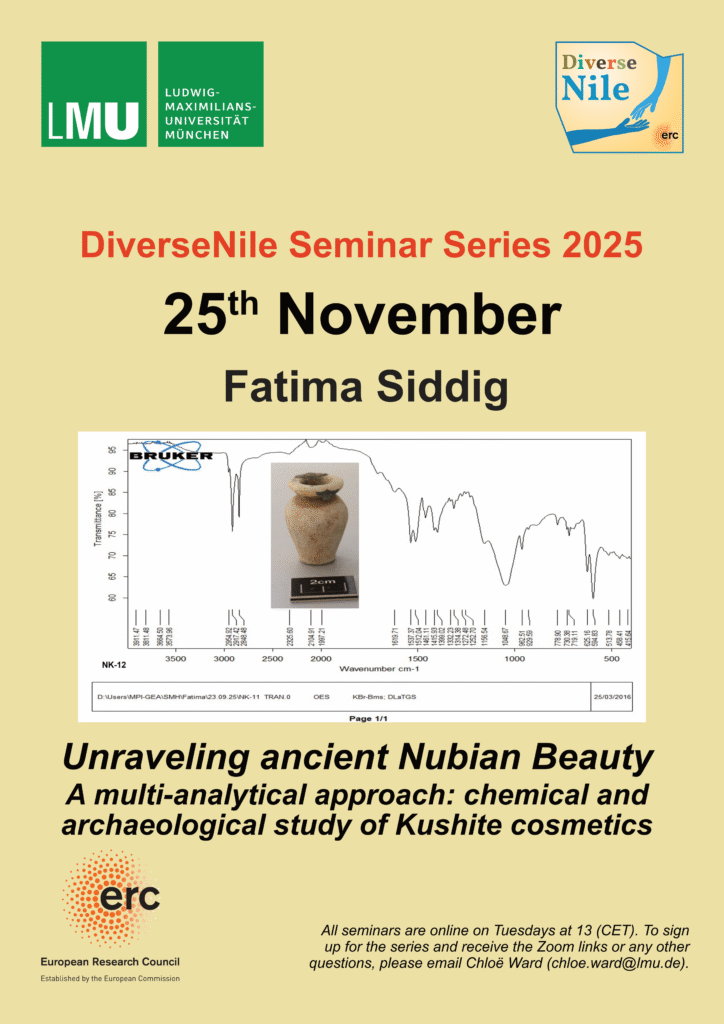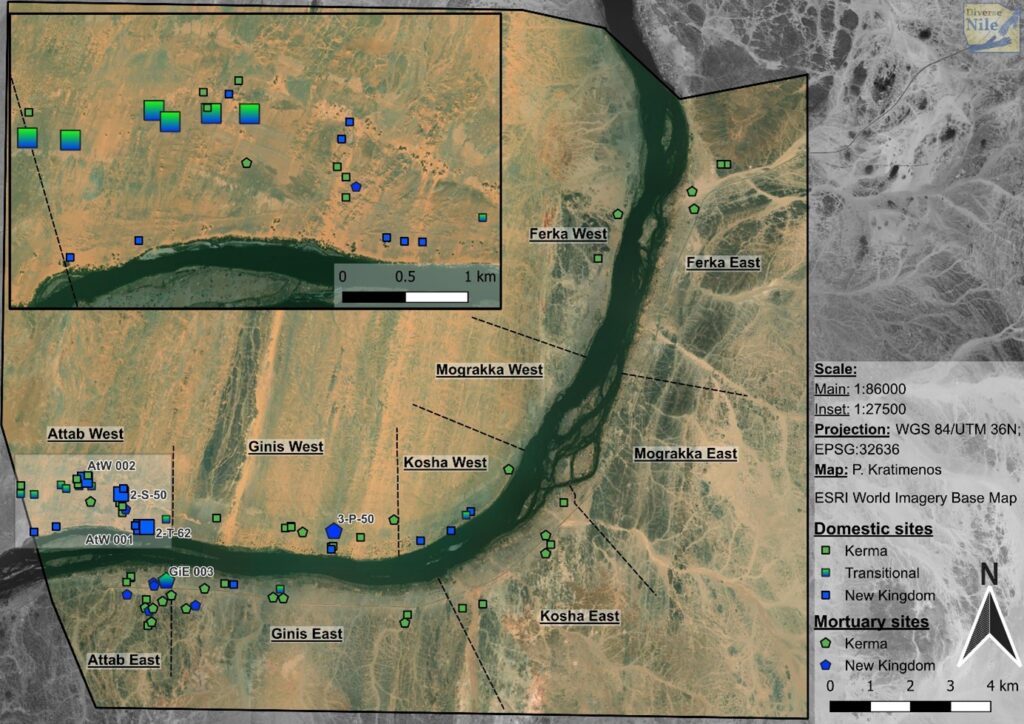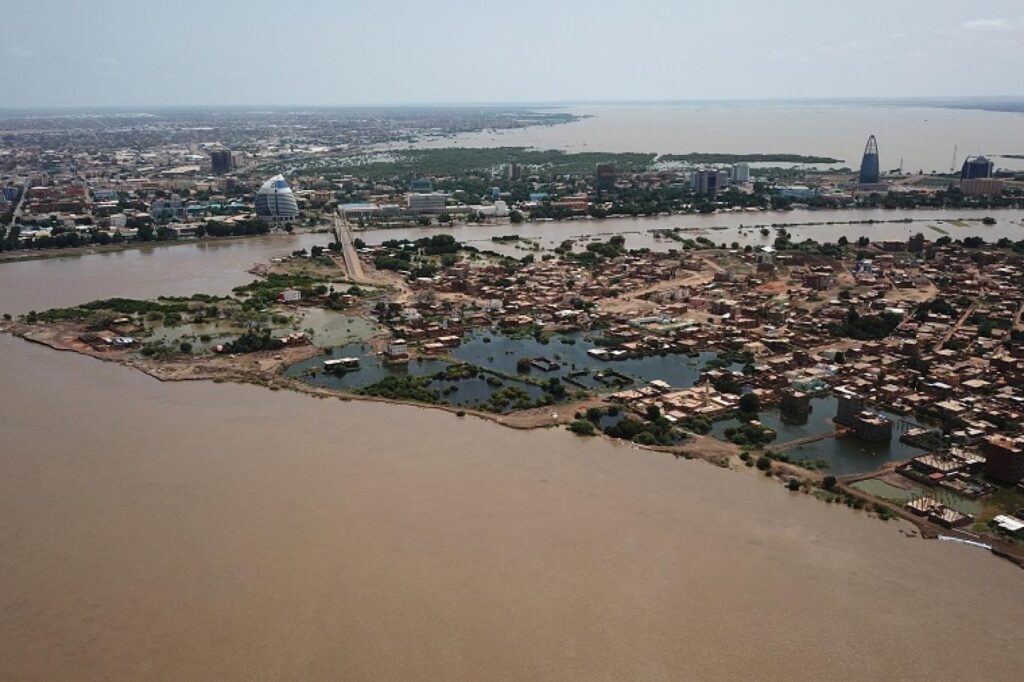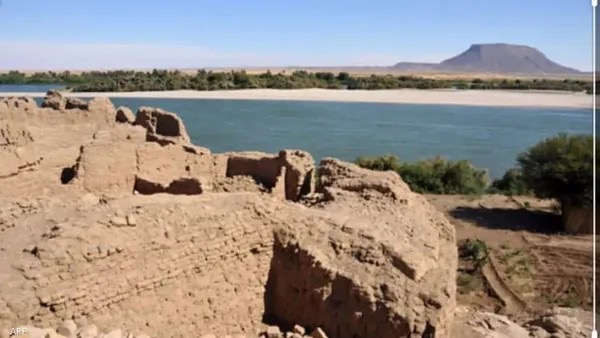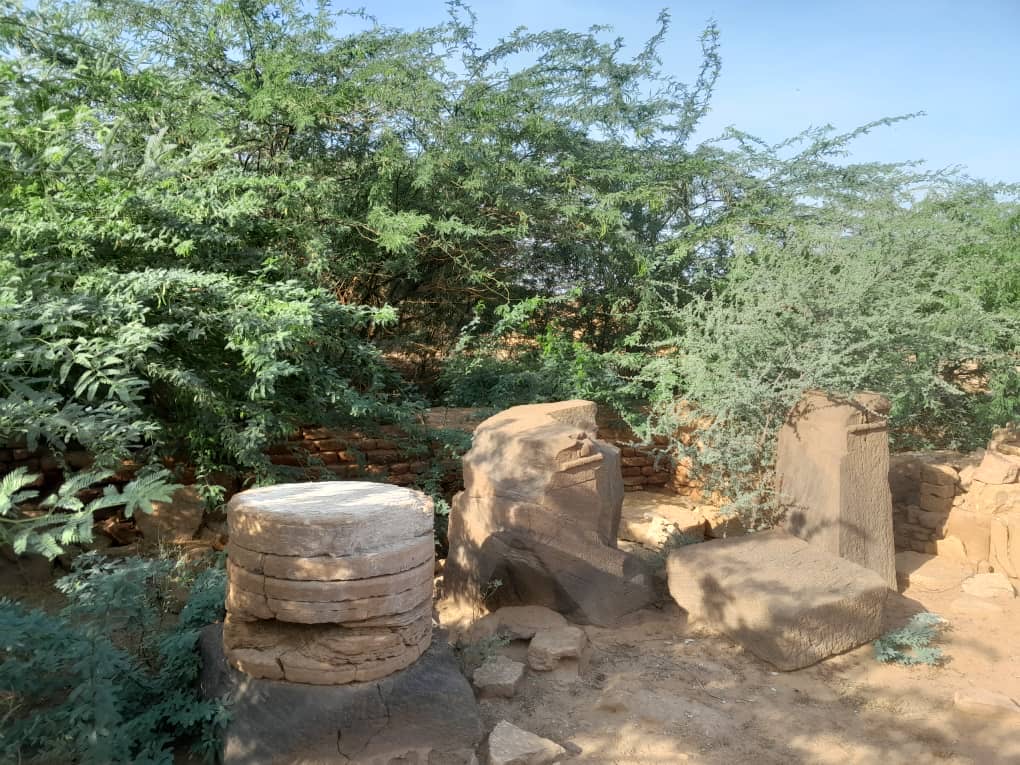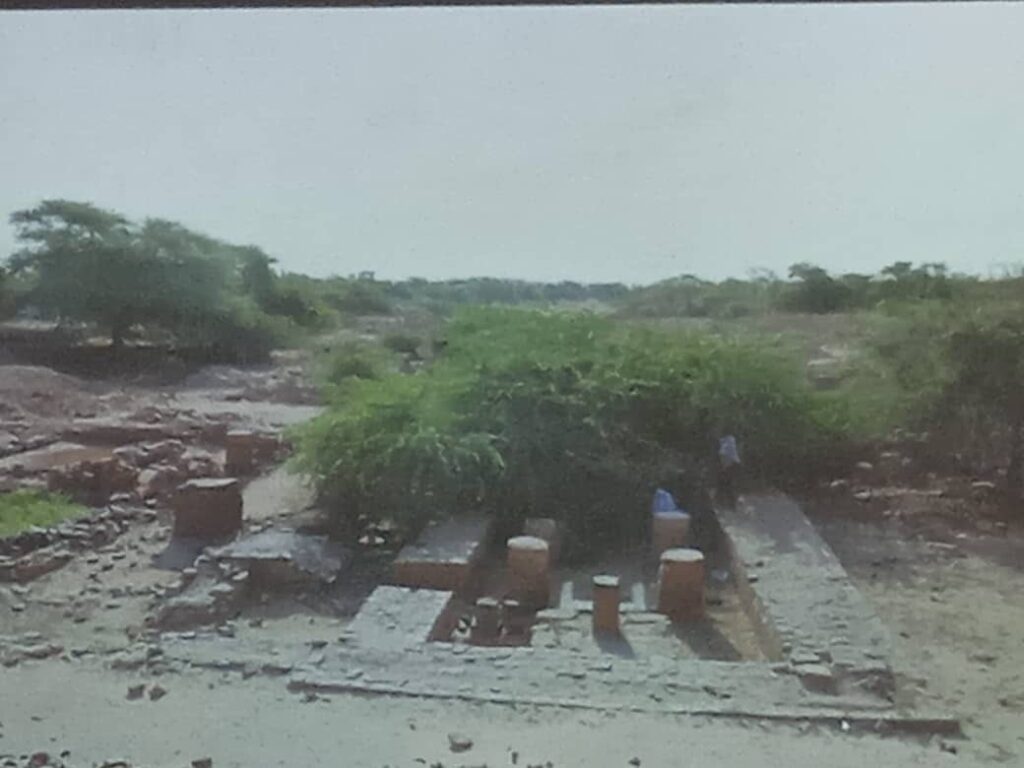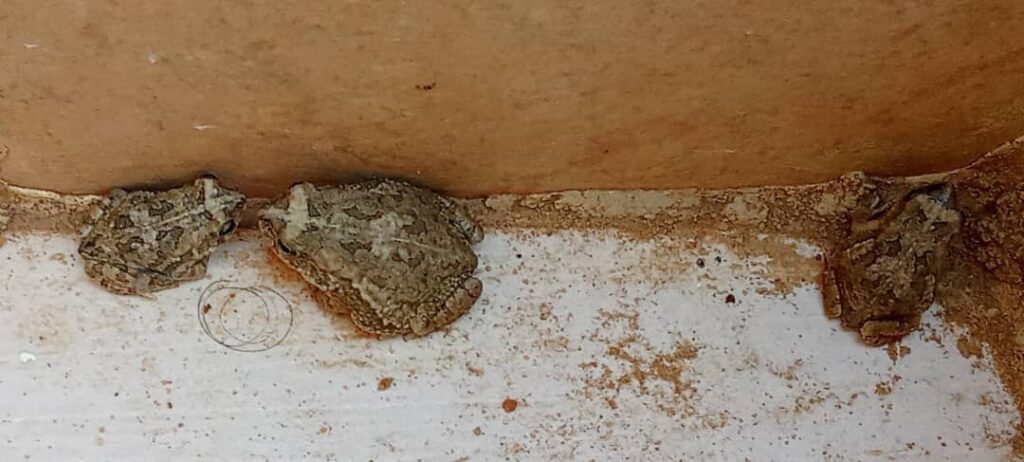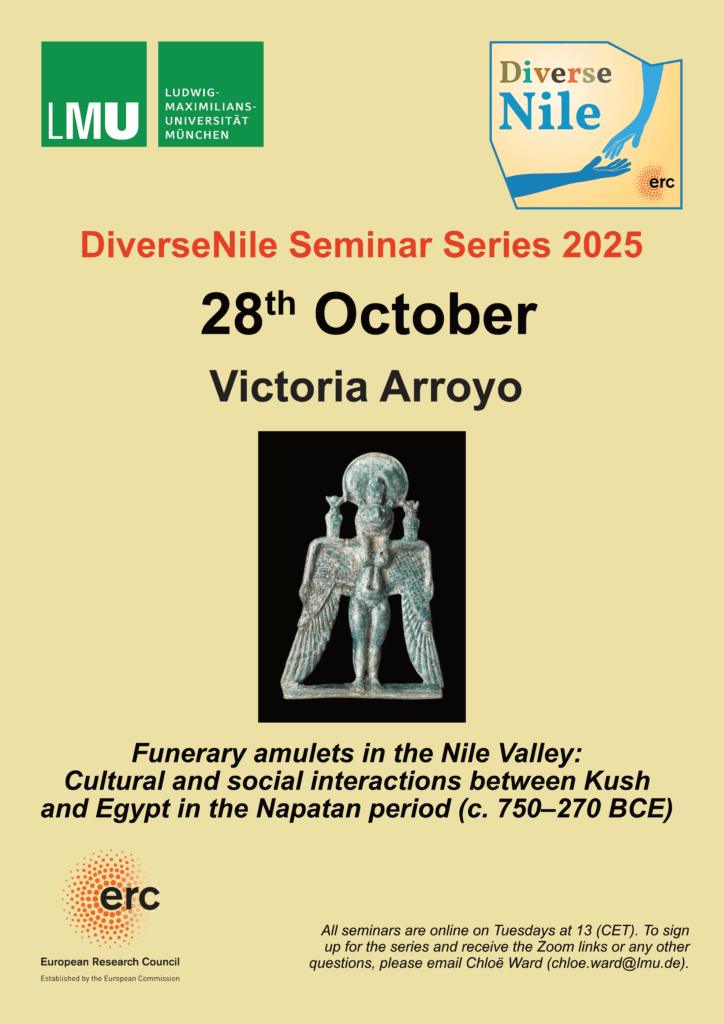Gartag (الجرتق) is a ceremonial rite of passage (marriage, birth, circumcision) symbolizing fertility, blessing, and protection. It is a traditional ritual involving wearing gold, red silk, applying henna to the limbs, and using specific types of traditional perfumes.
Gartag Details:
– Wearing Gold: Gold is considered a symbol of blessing and fertility.
– Red Silk: Symbolizes good luck and protection.
– Henna: Applied to the limbs for protection and blessing.
– Traditional Perfumes: Used to enhance the celebratory and spiritual atmosphere.
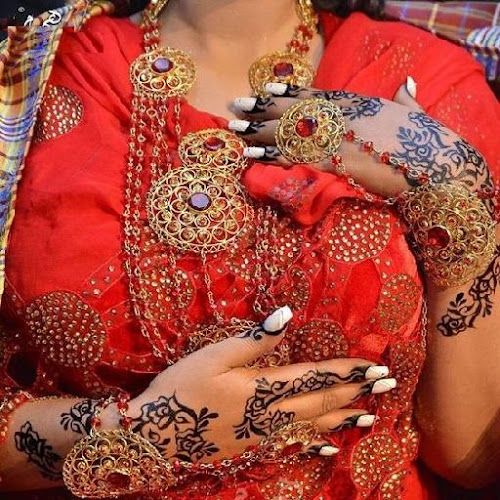
Importance of Gartag:
– Enhances the sense of joy and celebration.
– Connects individuals with their cultural traditions.
– Strengthens social and familial bonds.
Gartag is an important part of Sudanese heritage and remains a vibrant practice in many communities.
UNESCO Adds Sudanese „Gartag“ to Representative List of Intangible Cultural Heritage of Humanity
New Delhi: UNESCO has inscribed the Sudanese „Gartag“ on the Representative List of the Intangible Cultural Heritage of Humanity. The organization announced this during the 20th session of the Intergovernmental Committee for the Safeguarding of the Intangible Cultural Heritage, held from December 8-13, 2025, in New Delhi, India.
The Gartag was officially registered as an element of „practices, rituals, and expressions for preservation, protection, abundance, and fertility in Sudan“ on the Representative List. The file was prepared by the National Council for Cultural Heritage and Promotion of National Languages, Ministry of Culture, Information, and Tourism, in collaboration with the Heritage House Center, the Sudanese National Commission for UNESCO, and the UNESCO Office in Sudan. This followed the requirements of the 2003 Convention for the Safeguarding of Intangible Cultural Heritage, with broad participation from heritage-bearing communities across Sudan.
Gartag is one of the most important living Sudanese rituals, rich in symbols and meanings deeply rooted in popular culture, tracing back to the Meroe civilization. This ritual embodies values of abundance, fertility, blessings, and protection, combining material elements like gold, silk, henna, and traditional perfumes with social and spiritual meanings that strengthen family bonds and community cohesion.
The inscription of Gartag is the second international recognition of Sudanese heritage in recent years, following the inclusion of Mawlid celebrations on the Representative List in December 2023. This achievement comes at a time when Sudanese cultural heritage faces significant challenges due to war conditions, making this recognition even more important and boosting national efforts to protect it.
The Secretary-General of the National Council for Cultural Heritage and Promotion of National Languages emphasized that the registration of Gartag reflects the resilience of Sudanese communities and their attachment to their heritage. It is a pivotal step toward ensuring the transmission of this legacy to future generations as an integral part of Sudanese cultural identity and shared human memory.

